Applications for Ohio Farm Bureau Health Plans now available
Members have three ways to apply: contacting a certified agent, calling 833-468-4280 or visiting ohiofarmbureauhealthplans.org.
Read MoreThe recent CAUV reforms more accurately value land in conservation, but some landowners need to get with their county auditor to take advantage of the changes, said Leah Curtis, OFBF policy counsel and senior director of member engagement.
“What we worked toward was getting the conservation acreage valued at the lowest value in the CAUV table,” she said. In doing so the value recognizes that the land is not making an income for the landowner, yet it is serving a purpose by helping keep the environment healthy.
Landowners who have conservation land that falls under CAUV in one of the 41 counties reappraised or updated in 2017 will need to talk with their county auditors soon, Curtis said. Proof that their land is in a federal conservation program or simply in a conservation practice will have to be presented. A map of where that acreage is and, if in a federal program, a signed contract to confirm the land is in the program will need to be presented to the auditor so he or she knows exactly what soils need to be lowered to the conservation acreage.
“If you just talk to your auditor, you can work through this so you have the right value for the coming year,” Curtis said.
If landowners don’t talk to the county auditor, the land will not be lowered to its lowest CAUV value, Curtis said. For 2017 reappraisals to be eligible for the new valuation, the land must be in a conservation practice as of Jan. 1, 2017.
As for those living in a county that will be reappraised or updated in 2018 or 2019, Curtis said those landowners will see this change included with all other reform changes when those reappraisals and updates happen in their counties.
“When you fill out your renewal form for CAUV each year, there will now be a place to certify your conservation acreage, both federal program acreage and general conservation practice land,” she said. Again, a map of the land must be included, as well as a signed contract produced if it is in a federal conservation program.
It is important to note that when the conservation land is lowered to its new value, it must remain in conservation practice for three years, Curtis said. If it is taken out of that practice prematurely and used to generate income, the landowner is responsible for paying the difference between the lowered CAUV conservation value and its typical CAUV value. That land will go back to typical CAUV value, Curtis said.
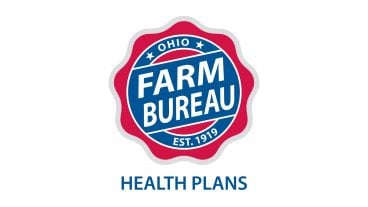
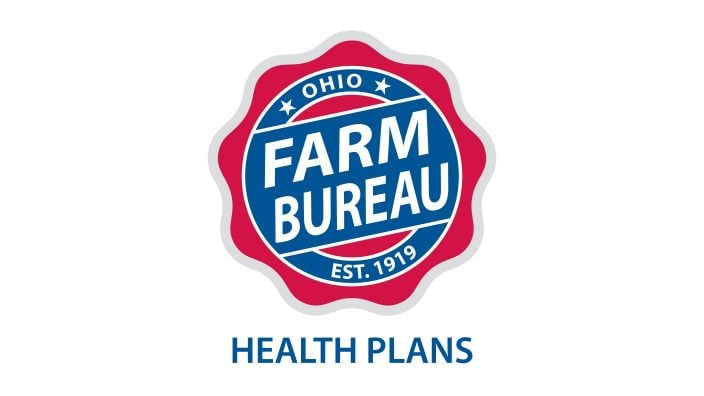
Members have three ways to apply: contacting a certified agent, calling 833-468-4280 or visiting ohiofarmbureauhealthplans.org.
Read More
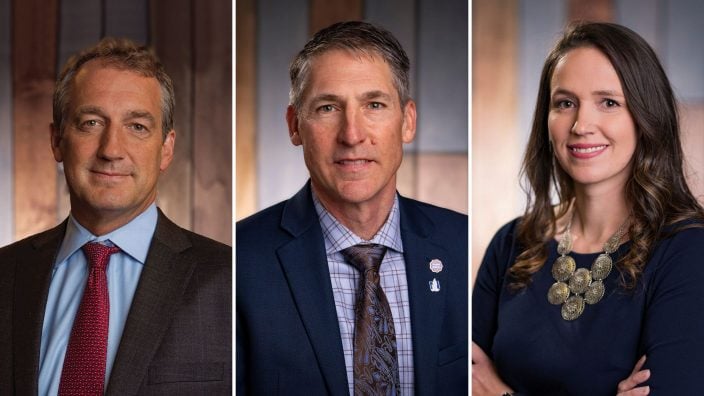
Bill Patterson, Cy Prettyman and Adele Flynn will continue to serve as officers for Ohio Farm Bureau Federation.
Read More

Delegates discussed many topics impacting agriculture including farmland preservation, local foods, and succession planning.
Read More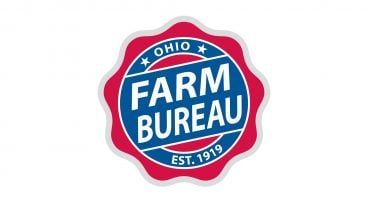
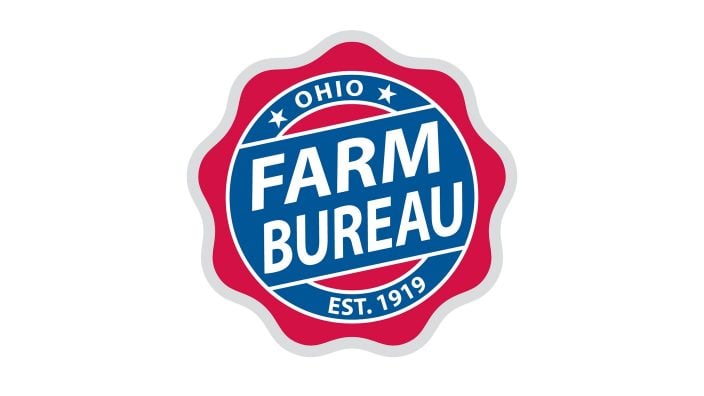
Twenty-six farmers govern the state’s largest farm and food organization.
Read More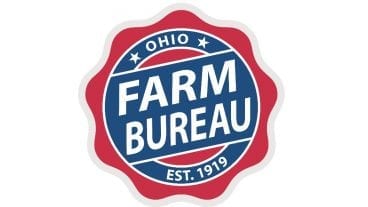

The 2025 recipients are Fred Cooke (posthumous) of Richland County, Marvin Dietsch of Williams County, Steven Knollman of Hamilton County and Michele Miller (posthumous) of Ottawa County.
Read More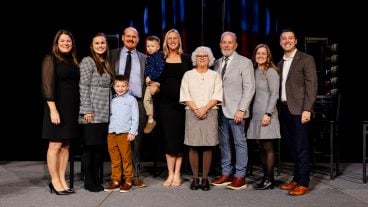
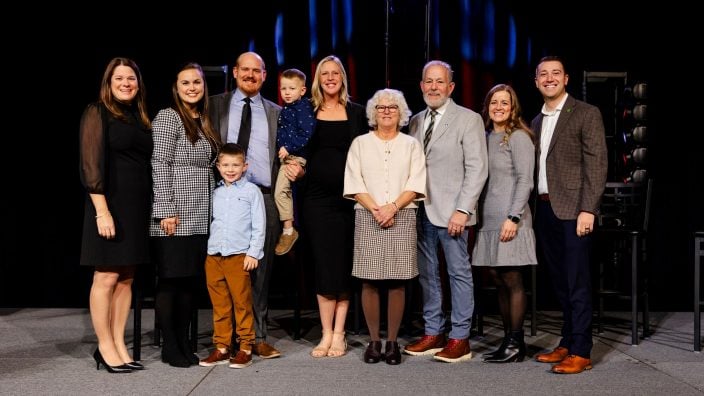
Nathan and Jill Parriman grow seasonal crops, including Christmas trees, pumpkins and cut flowers, providing U-cut experiences that invite customers to engage directly with agriculture.
Read More

The 2025 Distinguished Service Award recipients are Craig Adams, Mike Townsley, and Kellogg Farms, Kurt Farms and Stateler Family Farms.
Read More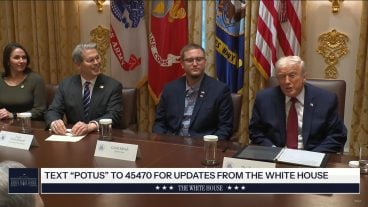

Ohio Farm Bureau Treasurer Adele Flynn participated in the meeting, representing Ohio farmers.
Read More

For Ohio and PJM region, the outlook is reassuring—ample reserves and strong planning should keep the power on.
Read More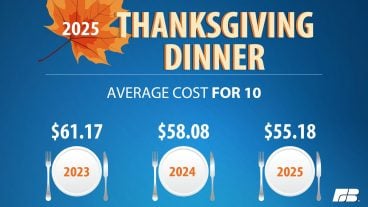
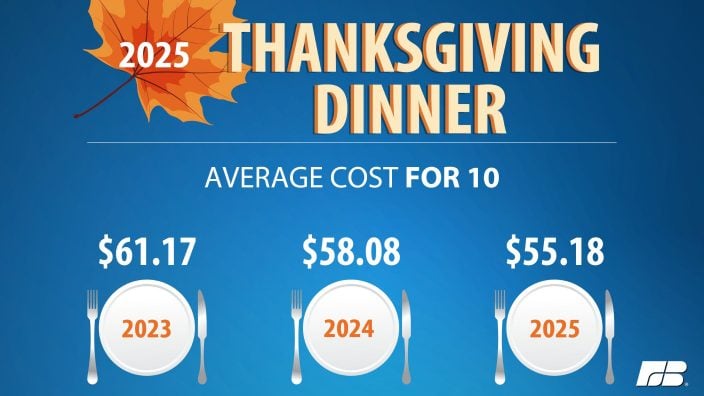
The average price for a classic holiday feast for 10 in Ohio will cost $55.87.
Read More